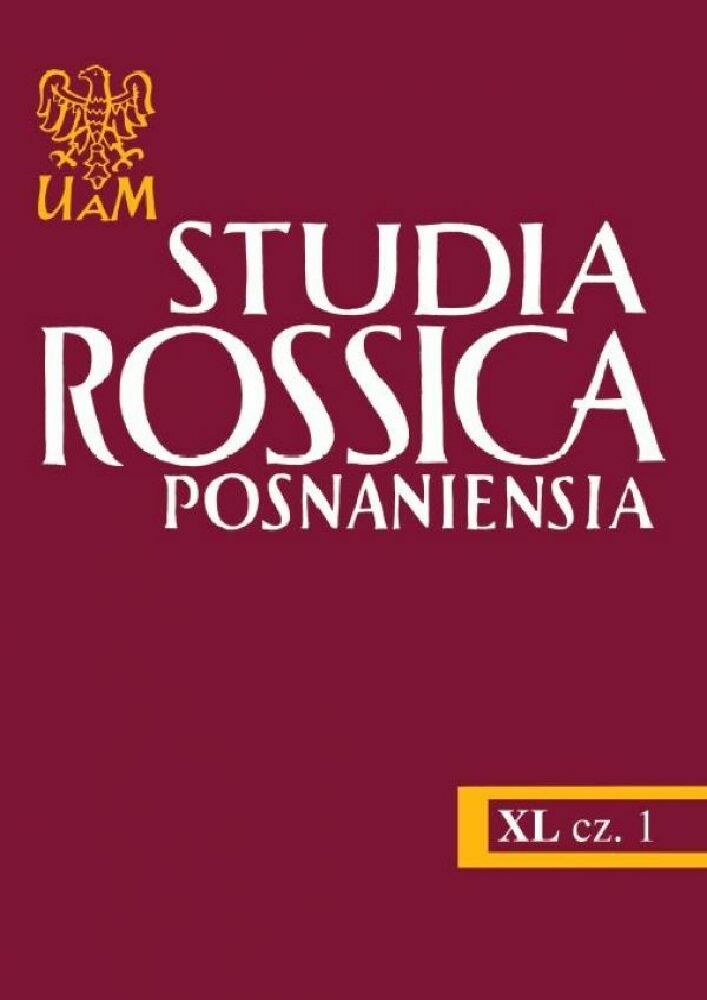Abstrakt
The Archangelsk Gospel is a manuscript which is based on two original works. The authors of the two basic parts of the Archangelsk Gospel used the texts of differently edited Aprakos. One of the copyists used a short version of Aprakos, while the other used its complete version. This double provenance is reflected in orthographic, morphological, lexical and word-formation differences between the two parts of the gospel. This article discusses the usage of člověčь, člověčьskъ and člověčьskyj in the context of the lectionary’s creation.
Licencja
Copyright
© 2015 Uniwersytet im. Adama Mickiewicza w Poznaniu
OPEN ACCESS
